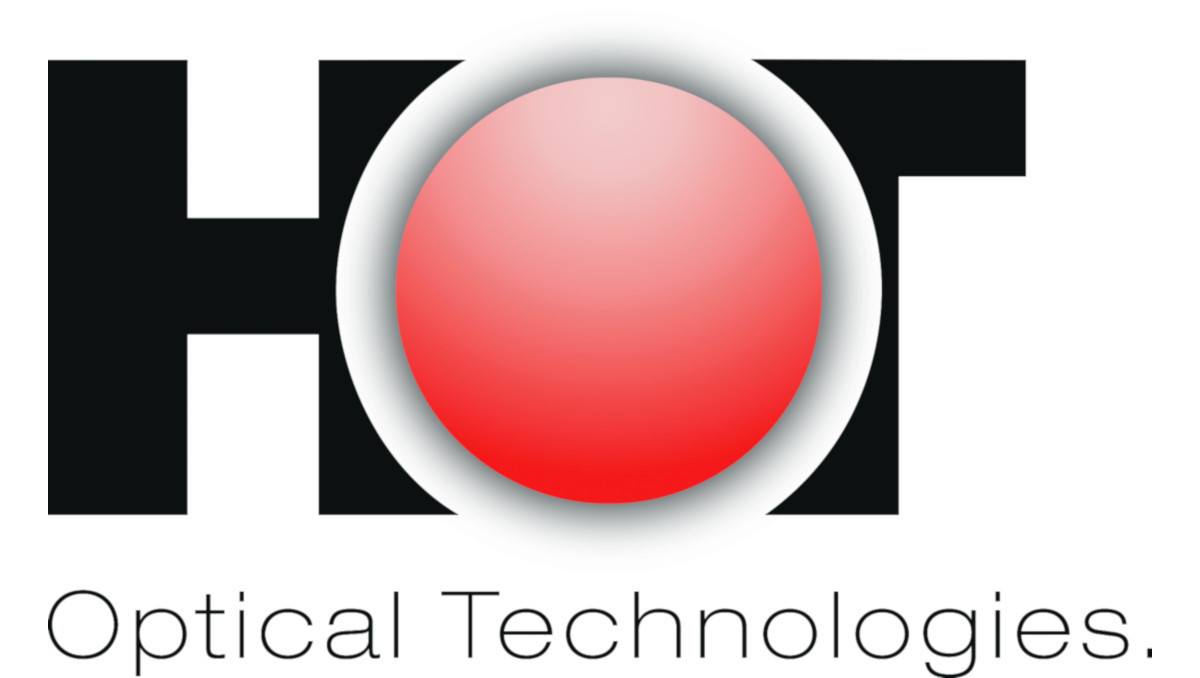For the full report entitled “Laser Headlighting Technology & State of The Art” please go to their website.
PD Dr. habil. Bernhard Roth
Scientific and managing director of HOT
DVN : Dr. Roth, you are Head of the Hannover Centre for Optical Technologies ( HOT ). Can you explain to us in some sentences what the main research areas of your organization are?
Dr. Roth : The Hannover Centre for Optical Technologies (HOT) is an interdisciplinary research center of the Leibniz University Hannover and has the aim of advancing research, education and technology transfer in the area of optical technologies. The center performs own research and collaborative research in the fields of (fiber-)optical sensing, integrated polymer photonics, biomedical optics, spectroscopy and analytics as well as information and illumination technology together with its member institutes, associate members (Laser Zentrum Hannover e.V., Physikalisch-Technische Bundesanstalt, Fraunhofer Heinrich Hertz Institute, and others) and external partners.
DVN : What are the main targets of your institute in the next years on these fields ?
Dr. Roth : We develop optical technologies for applied and fundamental science. For example, we work on novel types of optical sensor networks suited for a wide range of applications as diverse as medicine, automotive, aeronautics or structural health monitoring. Apart from fiber-based sensor concepts for structural health monitoring, we also develop planar optical sensor arrays in thin polymer foils which offer interesting perspectives regarding flexibility, integration and cost. In the biomedical field, we employ optical technologies for skin cancer screening, melanoma thickness detection and robot aided surgery and we use Raman spectroscopic and optoacoustic techniques for in situ measurements in biological (human) tissue. In several of our projects we closely collaborate with industrial partners with the goal to produce commercial products, e.g. to improve medical diagnosis. Regarding illumination, we utilize both LED and laser based systems. We use diode lasers and remote phosphors for white light generation relevant to the new approaches in automotive headlamp design. These activities include the use of MEMS devices and all-electronic system for light beam shaping applications (e.g. ADB) along with CCD/CMOS camera based imaging systems. Our research also includes the implementation of commercial and in-house ray-tracing and wave-optical simulations for the modelling of the systems to be developed.
DVN : At the ISAL 2013 your colleague, Dr. Basu, presented an interesting paper on the application of diode laser technology for automotive headlights. What is the ambition of your organization in this specific research area?
Dr. Roth : During the last years we witnessed many innovations in automotive lighting based on halogen lamps, HID technology and more recently LED technology. While LEDs still offer large potential for further developments we would like to explore the possibilities of using diode laser pumped remote phosphor based white light sources for automotive front lighting and other applications. We believe that such systems could outperform current systems in terms of luminance, stability, and design flexibility in near future. Furthermore, the remote phosphor architecture separates the laser and the phosphor, which improves thermal management and offers modular design flexibility as well. Given the wide range of phosphors available, we systematically study their performance in terms of efficiency, color rendering and durability. Another important aspect is that diode laser based systems typically use smaller optics or can easily be coupled to fibers. This opens the possibility for compact arrayed systems for adaptive beam shaping, possibly in combination with low-cost specifically designed diffractive optical elements.
DVN : At this point of time in automotive head lighting, we are just in the emerging phase of high power LED technology. Nevertheless Laser technology is already entering the scene as next generation. Do you see a co-existence of LED and Laser Technology or will one technology win?
Dr. Roth : From our current perspective, we can expect huge potential in future LED automotive lighting. On the other hand, lasers are much brighter and offer greater luminance than LEDs. They can operate, almost droop free, at higher current densities and with smaller form factors. I firmly believe that these inherent properties of the laser will be exploited in future automotive solid state lighting (SSL) applications. I definitely see a co-existence of both technologies in the future. For example, laser based systems could be employed for such lighting applications where high luminance, modular and sleek design or integration are crucial whereas LEDs will be very attractive for cost-effective automotive lighting in general and ambient lighting inside cars, back lighting and head-up displays.
DVN : As university institute you are at the forefront of research trends. How do you think HOT can contribute to novel industrial product development in this area?
Dr. Roth : We have set up the infrastructure for illumination technology in our labs and can quickly adapt the experimental setup for flexible implementations and tests. In particular, we are able to build demonstrator prototype systems utilizing various laser systems available in the visible wavelength region, different phosphors and combinations of opto-electronic and opto-mechanic elements to systematically study system efficacy, quantify thermal effects and aging and develop beam shaping approaches. We already have several on-going collaborations with external partners from industry and institutes and are open to further extend our activities in the automotive lighting area. We believe that our expertise in the fields of laser technology, optoelectronics, optical characterization and numerical simulation will be a valuable input for potential partners.
